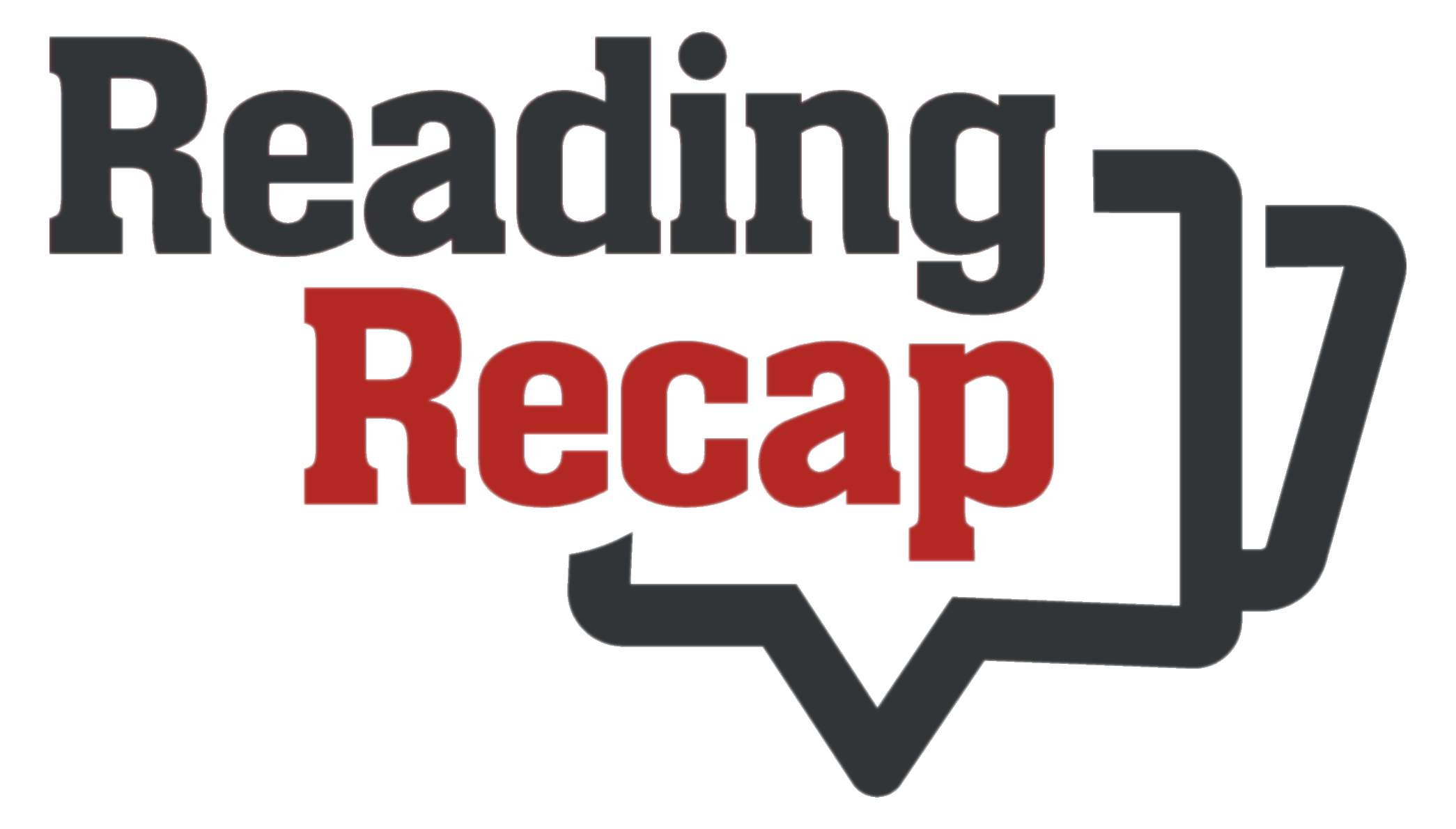via the RMLD – The Reading Municipal Light Department’s (RMLD’s) Citizens’ Advisory Board (CAB) and Board of Commissioners (Board) approved rate increases that will result in average monthly bills increasing 9 percent across all rate classes effective March 1, 2023. As a not-for-profit entity, rates support the increased operating cost of the utility as well as increased monthly power supply costs.
Average monthly bills beginning in March 2023 are estimated to increase for each rate class: 9.3% for residential customers, 6.8% for residential time-of-use customers 9.3% for commercial customers, 9.0% for industrial time-of-use customers, and 4.4% for schools. Rates are calculated on cost of service to serve each rate class, based on rate studies.
As an example, an average residential customer uses approximately 800 kilowatt hours (kWh) per month and can expect their monthly bill to increase by approximately $13 each month. Example bills for all rate classes and additional discussion can be found on the RMLD website, please visit https://www.rmld.com/2023-bill-increase.
RMLD’s operating budget increased by 16 percent in 2023 compared to 2022. This is driven by continued infrastructure investments to support decarbonization in accordance with the 2021 Massachusetts climate legislation. Power supply costs have been volatile, and the current price forecasts indicate a 2 percent increase for 2023 compared to actual 2022 power supply costs. Power supply costs are pass-through to customers at cost with no markup. RMLD proactively manages its power supply portfolio to keep customer bills low. In 2023, 85% of the power supply portfolio is under contract and only 15% is subject to the open market prices which are now influenced by international events, especially events in Europe.
Despite the rate increases, customer bills are approximately 75-90 % lower than Investor-Owned Utilities in Massachusetts.
“While we recognize that any price increase presents a challenge to our customers, our active power supply management has mitigated this increase to keep it dramatically below the cost increases from investor-owned utilities. We are able wait until March, after the winter heating season when customer kWh usage is high, to slightly reduce the burden for our customers,” said RMLD General Manager Greg Phipps. “RMLD’s diversified power portfolio helps minimize its costs while meeting policy and compliance obligations set forth by the 2021 Massachusetts Climate Bill.”
The RMLD 2023 rate increases enable compliance with the 2021 Massachusetts Climate Bill goal to reduce emissions in the utility, building, and transportation sectors by shifting from fossil fuels and towards non-carbon electricity, prompting faster electrification and decarbonization. The Climate Bill established first-time compliance mandates for Municipal Light Plants (MLPs), requiring that the power sold by MLPs be sourced from resources that are 50% non-carbon by 2030, 75% non-carbon by 2040, and net-zero carbon by 2050.
The rate increase supports accelerating upgrades to RMLD’s local distribution system (wires, poles, transformers, etc.) to handle higher electricity loads and peak demand as customers electrify their homes and businesses in an effort to align with the 2021 Climate Bill goals. The Efficiency Electrification Charge (EEC, formerly Energy Conservation Charge (EEC) is also increasing from $0.003/kwh to $0.004/kwh to provide funds to support further electrification via more customer rebates and incentives.
More information on these rate increases can be found on, https://www.rmld.com/2023-bill-increase.










